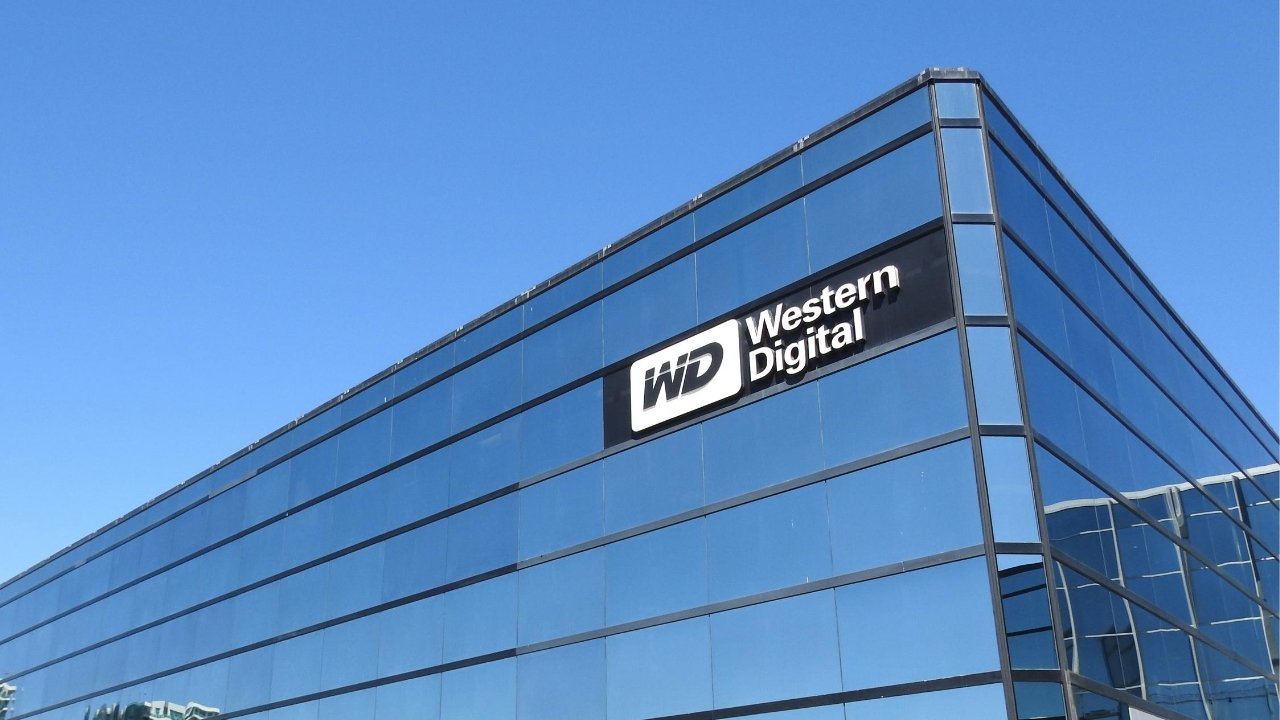Western Digital and Kioxia cut production at two plants in Japan after contamination was discovered in raw materials, which will likely lead to price hikes and further strain on the already-taxed supply chain.
Western Digital and Kioxia are some of the largest producers of flash memory in the industry. Contaminated materials in plants at Yokkaichi and Kitakami have led to limited production of flash memory, which is expected to impact the rest of the industry.
According to a report from Bloomberg, it isn't clear how extensive the disruption will be. Western Digital reports an expected reduction in its supply by about 6.5 exabytes (6.5 million terabytes). A Wells Fargo analyst says when combined with Kioxia's loss of production, the number would be about 16 exabytes lost.
Hideki Yasuda, an Ace Research Institute analyst, tells Bloomberg that flash memory prices will rise as a result. This will combine with other industry price hikes due to supply shortages.
However, Samsung and Micron may be able to limit industry impact with their own flash memory production. Since flash memory is an industry-standard, the components can be sourced from any company.
Flash memory is used to produce modern solid-state memory used in products like iPhone, iPad, Mac, and Apple Watch. While Samsung is a major producer of these components, a reduction in supply from two other major suppliers will place increased demand on Samsung's output.
Western Digital and Kioxia did not provide an estimate for when production will be restored. The total impact of their loss of production is estimated to be about 10% of the market consumption for a quarter.
Kioxia's statement did provide some positive insight by pointing out that the product line impacted produced 3D flash, which is newer and more expensive. It estimates that shipments of its conventional 2D NAND flash memory will not be affected.
 Wesley Hilliard
Wesley Hilliard








 Chip Loder
Chip Loder

 Marko Zivkovic
Marko Zivkovic

 Christine McKee
Christine McKee
 Amber Neely
Amber Neely

 Malcolm Owen
Malcolm Owen








9 Comments
"
You mean 6.5 EB. See how much "ink" I saved you.
Yottabytes or GTFO. 😎
Poor Petabyte. Never had a chance. It sounds like we are skipping it and going straight to the Exabyte.
Many years ago at a tech trade show there was an asian company at the front of the hall proudly showing of their robotic hard drive loading system with over one Petabyte of storage. They named the thing the "Petafile". I kid you not. I bet they wondered why they were getting all the smirks and snickers as people walked by.
And now you know the rest of the story.